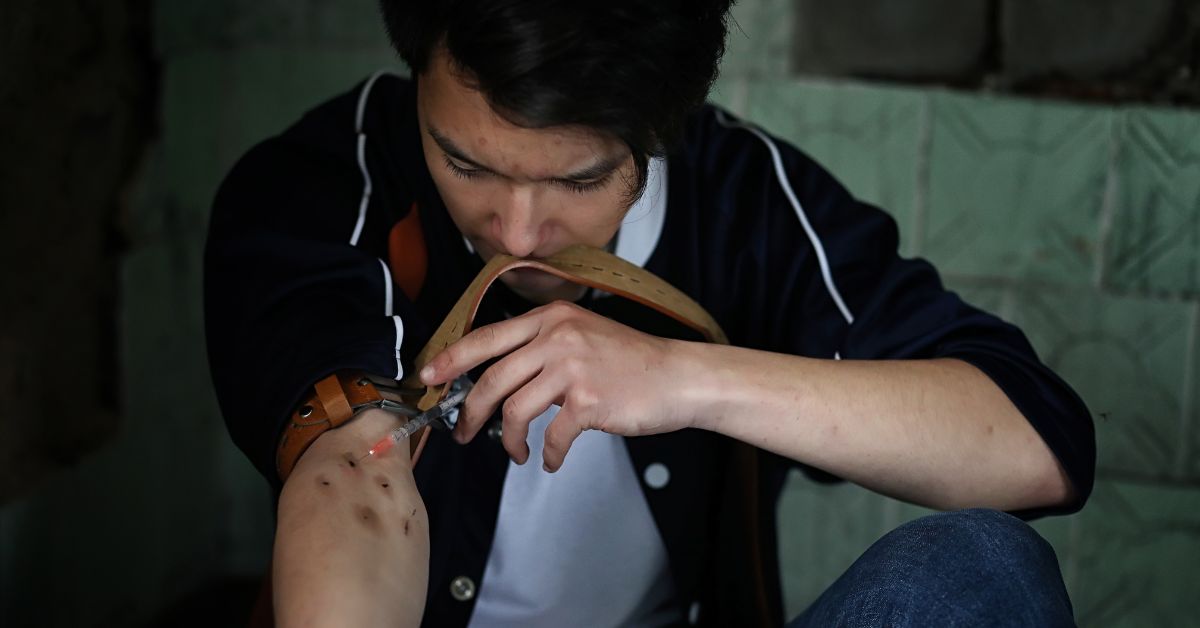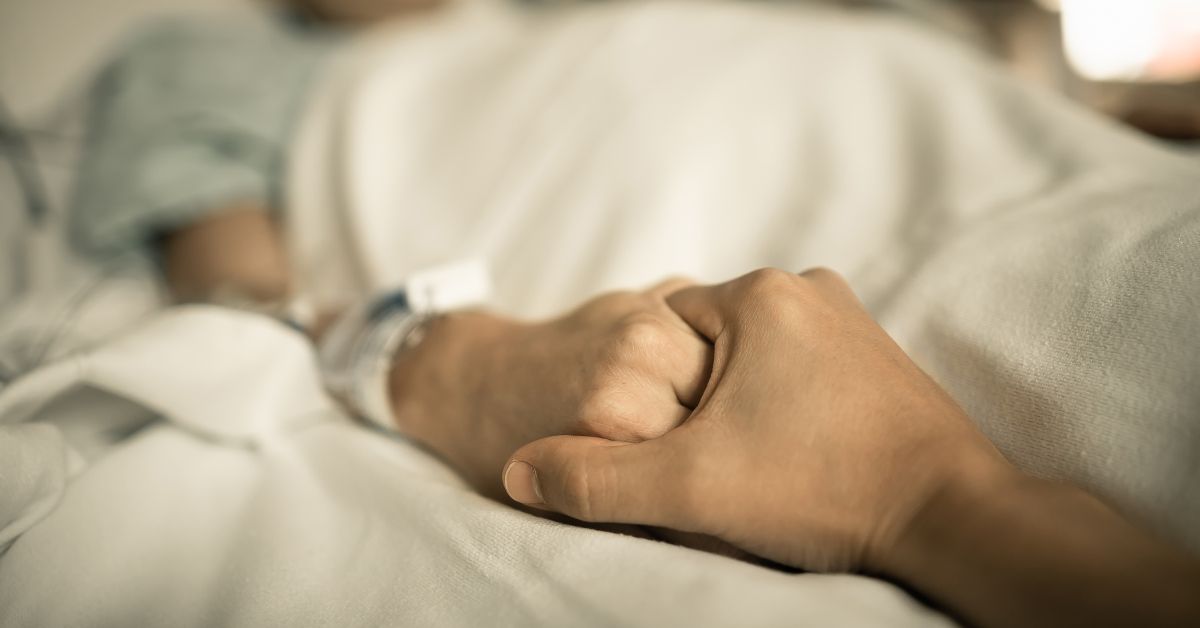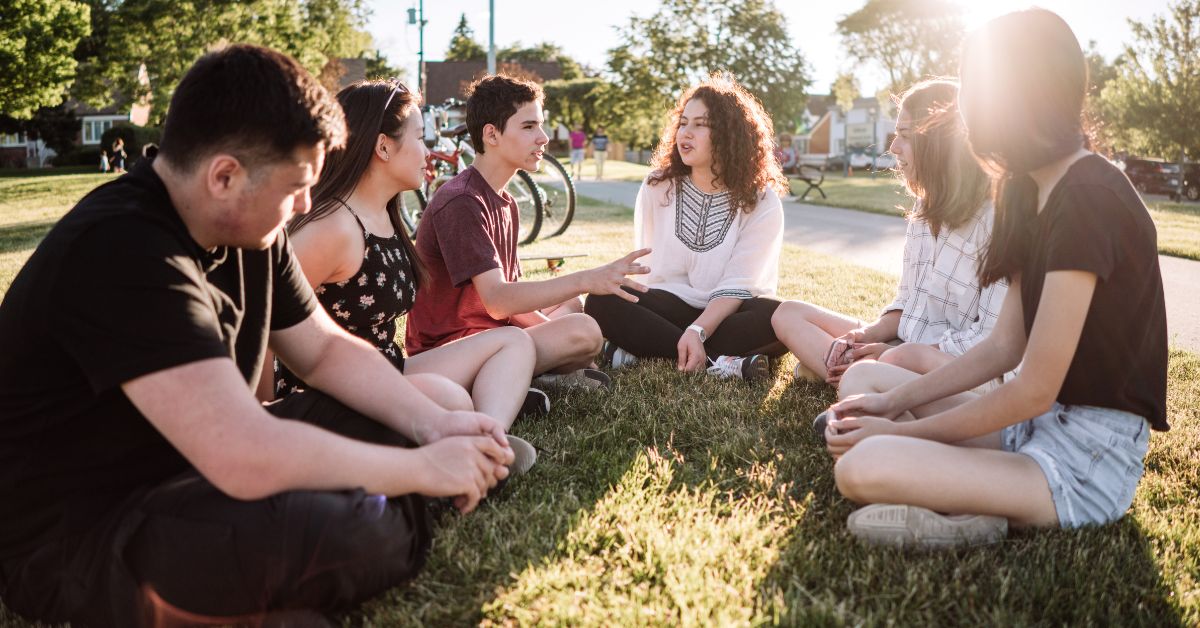Sometimes, our children’s lives can change quickly and unexpectedly, leading them down the dangerous path of addiction.
It can be hard to understand why they changed from being healthy and happy to someone you no longer recognize.
“How did my son get here? And how do I help him find the way back?” I had the same questions, and I’ve seen this heartbreaking transformation all too often, so don’t feel lonely on this journey.
Let’s walk this path together, shedding light on the misconceptions, leaving stigma behind, and discovering tools to maintain sobriety.
Understanding Teen Heroin Addiction
The opioid crisis has taken a devastating toll on our communities. And now, you’re facing a reality you never expected – your teen is abusing heroin.
The heartbreaking issue of addiction is becoming more common and is a problem difficult to address. By understanding the complexities of heroin use, its causes, and its effects, you can talk your loved one out of addiction and get the best treatment.
A Close Glimpse at the Issue
We have to face a tragic truth: The number of young adults becoming addicted to heroin is rising. They often start with experimentation, evolving into severe dependence on this highly addictive substance.
There are several contributing factors to teen substance abuse, such as:
- Genetic predisposition
- Poor stress management
- Underlying mental health issues
- Social pressure
- The rise in prescription drug use
GET: The 3 things that actually "allowed" me to help my son (and regain control again)
Prescription drugs: The Unseen Culprit
The first experience with drugs of many teens doesn’t happen in a secret place. It occurs in our homes, next to the medicine cabinet through misused prescription painkillers.
These drugs were intended to alleviate pain but have become a gateway to more dangerous substances like heroin.
- Addiction to painkillers often begins after receiving treatment for an injury, but it rapidly turns into misuse.
- Initially, individuals use pills to manage pain but soon rely on them to ease other mental health issues, like anxiety and depression.
- When someone abuses prescription opioids, like morphine, they stop feeling the drugs’ effects. It causes emotional distress and desperation.
- Eventually, an addict starts using drugs like heroin, a cheaper and more powerful alternative.
Spotting Signs of Heroin Use in Teenagers

The teenage years are a rollercoaster of emotions, with both good and bad experiences. Teens today face many challenges, from academic pressure to the need for social acceptance.
Adding to this list are the common drugs teens use, threatening to disrupt their lives. Unfortunately, heroin stands out because it is easier to obtain than prescription drugs.
Parents often don’t know their son or daughter is a heroin user until it’s too late. “I just thought it was typical teenage behavior” and “I never imagined they were hooked to heroin” are common sentiments.
Recognizing that someone uses heroin to get high is essential to plan an early intervention. However, identifying side effects of heroin use in teenagers can be difficult. The subtle signs often go unnoticed because of teenage life’s ups and downs, causing parents to feel guilty about missed warning signs.
Decoding the Behavioral Indicators
When teenagers try heroin, they can act differently than before. Some changes that show teen heroin addiction include:
- Sudden decline in academic performance or skipping school frequently.
- Low interest in previously loved activities and hobbies.
- Increased social isolation and diminished interaction with family and friends.
- Unpredictable mood swings accompanied by aggression or hostility.
- Unusual borrowing of money.
UPDATED: Discover the 3 life-changing things about addiction I wish I knew years ago
Identifying Physical Symptoms
Alongside behavioral indicators, physical symptoms of heroin use can include:
- Constant runny nose and red, watery eyes.
- Red, watery eyes.
- Dramatic weight loss and irregular eating habits.
- Insomnia, unusual sleeping patterns, and continuous fatigue.
- Frequent flu-like symptoms, nausea, and signs of poor personal hygiene.
- Poor personal hygiene.
Recognizing Symptoms of Heroin Overdose

The threat of heroin overdose is a scary reality with terrible consequences. Family and friends of addicts must recognize overdose symptoms so they can get help in moments of emergency.
Some symptoms that require immediate medical attention are:
- Slower or erratic breathing.
- Blueish coloration of nails or lips.
- Nausea and vomiting.
- Dozing off or losing consciousness.
Immediate Response
The first step during a heroin overdose is to call 911 immediately. You may also take some emergency measures to keep the situation under control.
- Check for signs of breathing and pulse. If the addict isn’t breathing, start performing CPR.
- Try to keep the person awake and responsive until help arrives.
When medical professionals arrive, provide the correct information as fast as possible. Be ready to share details such as drug use, the amount consumed, and pre-existing medical conditions.
We encourage all parents to keep Narcan on hand and know how to use it. This can mean the difference between life and death. Check in your local area to learn where you can get this life-saving tool.
FREE: Get the 3 pieces of advice that helped me understand this disease of addiction
Treatment for Teen Heroin Abuse
During substance use recovery, treatment for teens varies compared to adults. This is because of their still-developing brains and potential underlying mental health conditions.
Among the available options for heroin addiction treatment, you can find:
- Medication-Assisted Treatment: This approach uses specific medications to manage withdrawal symptoms and cravings.
- Behavioral Interventions: Therapies such as Cognitive Behavioral Therapy and Family Therapy help tackle disruptive thoughts, teach coping strategies, and involve the family in the process.
- Drug Rehabilitation: This inpatient treatment option provides professional care. At a rehab center, they are specialized in detoxing and preventing relapse.
Recovery is a lifelong journey that requires commitment and willpower. To deal with a drug addict loved one, it’s essential to continue with long-term care. This may include staying in sober living facilities, regularly meeting with a therapist, and joining support groups.
The Importance of Helping Teens Who Abuse Heroin

As teenagers grow up, it’s natural for them to experiment with different things. However, injecting, snorting, or smoking heroin is dangerous, leading to long-term addiction.
If a loved one has a problem with addiction, especially as a teenager, feeling overwhelmed and uncertain is understandable. But remember that recovery is possible with empathy, understanding, and support.
We shouldn’t give up on these young people struggling with addiction. They can overcome this challenge with the right resources and support to live a happier, healthier life.
Frequently Asked Questions About Teenage Heroin Addiction
Which age group uses heroin the most?
Individuals aged 18-25 have the highest rate of heroin use. This trend highlights the susceptibility of this age group to factors like peer influence, life changes, experimentation, and increased availability of the drug.
What is the survival rate of heroin addicts?
Unfortunately, the survival rate for individuals addicted to heroin is low. Studies show that only around 30% of people who use heroin accomplish long-term abstinence. This statistic highlights the severity of the addiction, the importance of choosing the right treatment center, and consistent aftercare support for those battling addiction.
WATCH: Free, confidential workshop that explains how to "Love Another Way"
What are the examples of adolescent addiction?
Addiction typically manifests in alcohol abuse, prescription drug misuse, and the use of illegal drugs like cocaine and heroin. Typically, teenagers begin with socially acceptable substances like alcohol before progressing to misusing prescription painkillers found in their homes.
What are the addictive habits of youth?
The addictive habits of youth typically revolve around substances like alcohol, nicotine, and drugs, as well as behaviors like excessive gaming or internet use. These addictive drugs and habits can harm their well-being, creating destructive patterns that may persist into adulthood.
